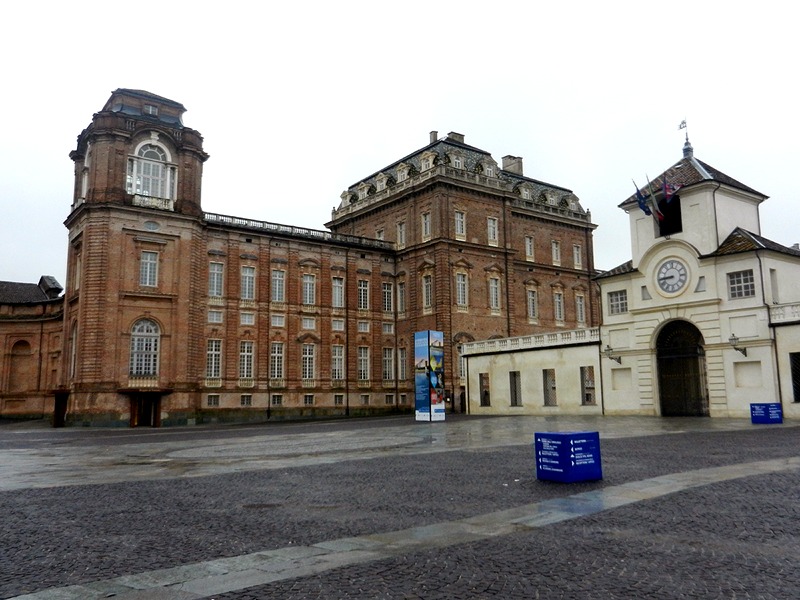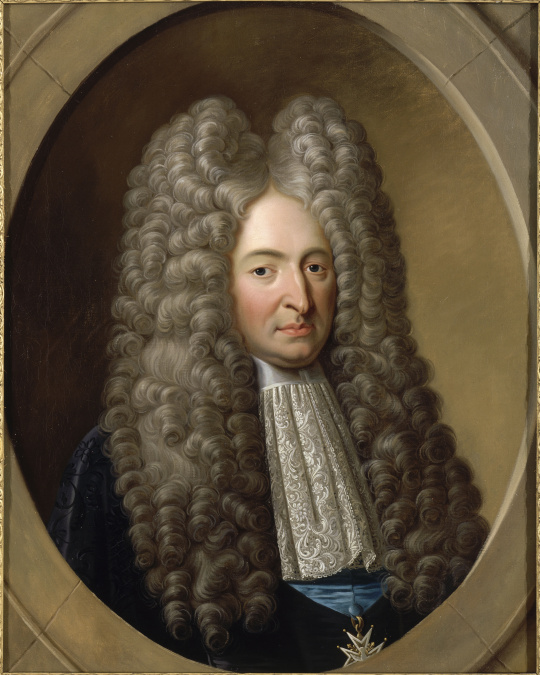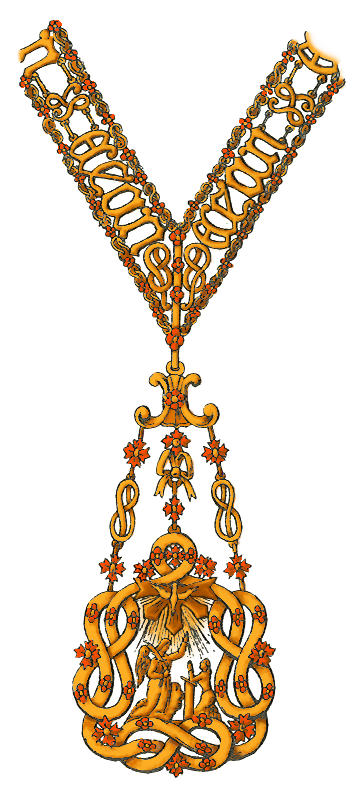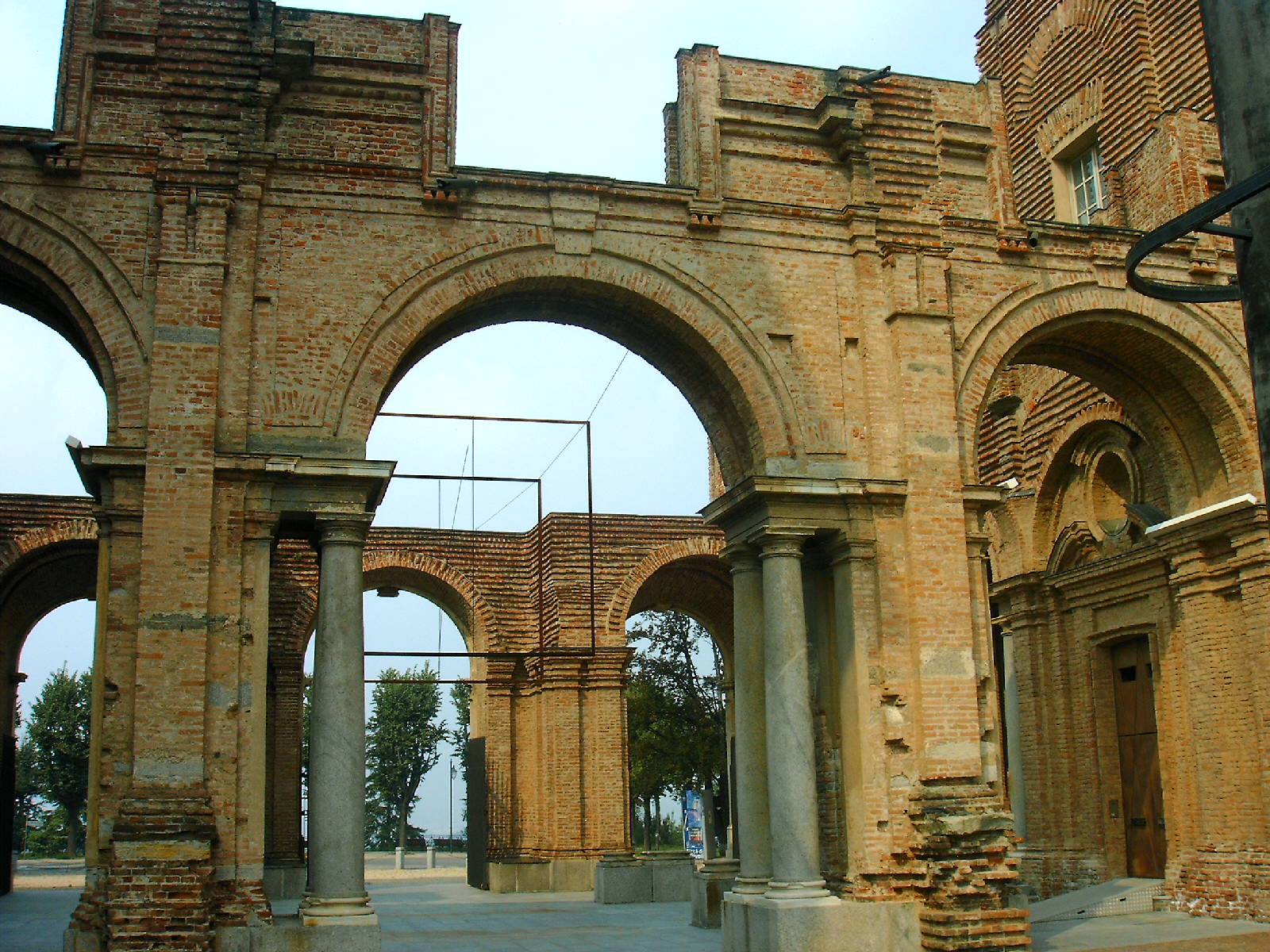|
Palace Of Venaria
The Palace of Venaria (Italian: Reggia di Venaria Reale) is a former royal residence and gardens located in Venaria Reale, near Turin in the Piedmont region in northern Italy. It is one of the Residences of the Royal House of Savoy, included in the UNESCO Heritage List in 1997. The Palace was designed and built from 1675 by Amedeo di Castellamonte, commissioned by duke Charles Emmanuel II, who needed a base for his hunting expeditions in the heathy hill country north of Turin. The name itself derives from Latin, ''Venatio Regia'' meaning "Royal Hunt". It was enlarged to become a luxurious residence for the House of Savoy. The palace complex became a masterpiece of Baroque architecture and was filled with decoration and artwork. It fell into disuse at the end of the 18th century. After the Napoleonic wars, it was used for military purposes until 1978, when its renovation began, leading to the largest restoration project in European history. It opened to the public on October 13, 2 ... [...More Info...] [...Related Items...] OR: [Wikipedia] [Google] [Baidu] |
World Heritage Committee
The World Heritage Committee selects the sites to be listed as UNESCO World Heritage Sites, including the World Heritage List and the List of World Heritage in Danger, defines the use of the World Heritage Fund and allocates financial assistance upon requests from States Parties. It comprises representatives from 21 state parties that are elected by the General Assembly of States Parties for a four-year term. These parties vote on decisions and proposals related to the World Heritage Convention and World Heritage List. According to the World Heritage Convention, a committee member's term of office is six years. However many State's Parties choose to voluntarily limit their term to four years, in order to give other States Parties an opportunity to serve. All members elected at the 15th General Assembly (2005) voluntarily chose to reduce their term of office from six to four years. Deliberations of the World Heritage Committee are aided by three advisory bodies, the IUCN, ICOMO ... [...More Info...] [...Related Items...] OR: [Wikipedia] [Google] [Baidu] |
Charles Emmanuel II, Duke Of Savoy
Charles Emmanuel II ( it, Carlo Emanuele II di Savoia); 20 June 1634 – 12 June 1675) was Duke of Savoy from 1638 to 1675 and under regency of his mother Christine of France until 1648. He was also Marquis of Saluzzo, Count of Aosta, Geneva, Moriana and Nice, as well as claimant king of Cyprus, Jerusalem and Armenia. At his death in 1675 his second wife Marie Jeanne Baptiste of Savoy-Nemours acted as Regent for their nine-year-old son. Biography He was born in Turin to Victor Amadeus I, Duke of Savoy, and Christine of France. His maternal grandparents were Henry IV of France and his second wife Marie de' Medici. In 1638 at the death of his older brother Francis Hyacinth, Duke of Savoy, Charles Emmanuel succeeded to the duchy of Savoy at the age of 4. His mother governed in his place, and even after reaching adulthood in 1648, he invited her to continue to rule. Charles Emmanuel continued a life of pleasure, far away from the affairs of state. He became notorious for his perse ... [...More Info...] [...Related Items...] OR: [Wikipedia] [Google] [Baidu] |
Louis D'Aubusson De La Feuillade
Louis d'Aubusson de la Feuillade, duc de Roannais (30 March 1673 – 28 January 1725) was a French military officer and courtier who fought in the Nine Years War and the War of the Spanish Succession. Early life Louis d'Aubusson de la Feuillade, 7th duc de Roannais, was born on 30 March 1673, in Marly-le-Roi, near the Royal summer palace of Château de Marly. Used by Louis XIV to escape the elaborate ceremonial of the Versailles court, residence there was a sign of high favour. His father François d'Aubusson de La Feuillade (1631-1691) was also a soldier and courtier, while his paternal uncle Georges d'Aubusson de La Feuillade (1609-1697) was Bishop of Metz. His mother, Charlotte de Gouffier, was sister and heir to Artus de Gouffier (1627-1696), 5th duke of Roannais and a close friend of writer, mathematician and Catholic theologian Blaise Pascal. Artus entered a monastery in 1667, assigning his titles and property to François de la Feuillade, in return for 400,000 livres ... [...More Info...] [...Related Items...] OR: [Wikipedia] [Google] [Baidu] |
Siege Of Turin (1706)
The siege of Turin took place from June to September 1706, during the War of the Spanish Succession, when a French army led by Louis de la Feuillade besieged the Savoyard capital of Turin. The campaign by Prince Eugene of Savoy that led to its relief has been called the most brilliant of the war in Italy. The siege is also famous for the death of Piedmontese hero Pietro Micca. By 1706, France occupied most of the Duchy of Savoy, leaving Victor Amadeus only Turin; on 19 April, Louis Joseph, Duke of Vendôme, consolidated the French position in Lombardy by victory at Calcinato. Shortly afterwards, Prince Eugene resumed command of Imperial troops in Northern Italy, while Vendôme was recalled to France in July, and replaced by the far less capable Duke of Orleans. De la Feuillade began siege operations on 2 June but made little progress, while Prince Eugene out manoeuvred the French field army under Orleans, and joined forces with 7,000 cavalry led by Victor Amadeus. Despite b ... [...More Info...] [...Related Items...] OR: [Wikipedia] [Google] [Baidu] |
Palace Of Versailles
The Palace of Versailles ( ; french: Château de Versailles ) is a former royal residence built by King Louis XIV located in Versailles, Yvelines, Versailles, about west of Paris, France. The palace is owned by the French Republic and since 1995 has been managed, under the direction of the Ministry of Culture (France), French Ministry of Culture, by the Public Establishment of the Palace, Museum and National Estate of Versailles. Some 15,000,000 people visit the palace, park, or gardens of Versailles every year, making it one of the most popular tourist attractions in the world. Louis XIII built a simple hunting lodge on the site of the Palace of Versailles in 1623 and replaced it with a small château in 1631–34. Louis XIV expanded the château into a palace in several phases from 1661 to 1715. It was a favorite residence for both kings, and in 1682, Louis XIV moved the seat of his court and government to Versailles, making the palace the ''de facto'' capital of France. This ... [...More Info...] [...Related Items...] OR: [Wikipedia] [Google] [Baidu] |
Victor Amadeus II Of Savoy
Victor Amadeus II (Vittorio Amedeo Francesco; 14 May 166631 October 1732) was Duke of Savoy from 1675 to 1730. He also held the titles of Prince of Piedmont, Duke of Montferrat, Marquis of Saluzzo and Count of Aosta, Moriana and Nice. Louis XIV organised his marriage in order to maintain French influence in the Duchy, but Victor Amadeus soon broke away from the influence of France. At his father's death in 1675, his mother, Marie Jeanne Baptiste of Nemours, was regent in the name of her nine-year-old son and would remain in de facto power until 1684 when Victor Amadeus banished her further involvement in the state. Having fought in the War of the Spanish Succession, he became King of Sicily in 1713, but he was forced to exchange this title and instead became King of Sardinia. Victor Amadeus left a considerable cultural influence in Turin, remodeling the Royal Palace of Turin, Palace of Venaria, Palazzina di caccia of Stupinigi, as well as building the Basilica of Superga where h ... [...More Info...] [...Related Items...] OR: [Wikipedia] [Google] [Baidu] |
Diana (mythology)
Diana is a goddess in Roman and Hellenistic religion, primarily considered a patroness of the countryside, hunters, crossroads, and the Moon. She is equated with the Greek goddess Artemis, and absorbed much of Artemis' mythology early in Roman history, including a birth on the island of Delos to parents Jupiter (mythology), Jupiter and Latona, and a twin brother, Apollo,''Larousse Desk Reference Encyclopedia'', The Book People, Haydock, 1995, p. 215. though she had Diana Nemorensis, an independent origin in Italy. Diana is considered a virgin goddess and protector of childbirth. Historically, Diana made up a triad with two other Roman deities: Egeria (mythology), Egeria the water nymph, her servant and assistant midwife; and Virbius, the woodland god. Diana is revered in modern neopagan religions including Roman polytheistic reconstructionism, Roman neopaganism, Stregheria, and Wicca. In the ancient, medieval, and modern periods, Diana has been considered a triple deity, m ... [...More Info...] [...Related Items...] OR: [Wikipedia] [Google] [Baidu] |
Supreme Order Of The Most Holy Annunciation
The Supreme Order of the Most Holy Annunciation ( it, Ordine Supremo della Santissima Annunziata) is a Roman Catholic order of chivalry, originating in Savoy. It eventually was the pinnacle of the honours system in the Kingdom of Italy, which ceased to be a national order when the kingdom became a republic in 1946. Today, the order continues as a dynastic order under the jurisdiction of the Head of the House of Savoy. History and statutes The Supreme Order of the Most Holy Annunciation originated in 1362, when Amadeus VI, Count of Savoy (1343-1383) instituted the order's earliest designation, under the title of Order of the Collar.''Syr Gawayn and the Grene Knyzt-(Concluded)'', J. R. Hulbert, Modern Philology, Vol. 13, No. 12 (Apr., 1916), 140. The order was dedicated to the Blessed Virgin Mary, who is celebrated as "Our Lady of the Annunciation." The order is a dynastic religious (or Catholic) order of chivalry. Under its first formulation, the order had fifteen knights. Th ... [...More Info...] [...Related Items...] OR: [Wikipedia] [Google] [Baidu] |
Villa Della Regina
The Villa della Regina is a palace in the city of Turin, Piedmont, Italy. It was originally built by the House of Savoy in the 17th century. In 1997, it was placed on the UNESCO World Heritage Site list along with 13 other residences of the House of Savoy. History The original structure was designed in early 1615 by the Italian soldier, architect and military engineer, Ascanio Vitozzi. When he died in 1615, the project passed to his collaborators, father and son Carlo and Amedeo di Castellamonte. The original building was built for the Prince-Cardinal Maurice of Savoy during the reign of his brother Victor Amadeus I, Duke of Savoy. The property was built as a private villa with its own vineyard, hence its alternative name of ''Vigna di Madama''. In 1637 Cardinal Maurice lost his brother and his sister in law Christine Marie of France became Regent of Savoy for her young son, Carlo Emanuele II of Savoye. Prince Maurice of Savoy and his brother Thomas Francis, Prince of Carignan ... [...More Info...] [...Related Items...] OR: [Wikipedia] [Google] [Baidu] |
Castle Of Rivoli
The Castle of Rivoli is a former Residence of the Royal House of Savoy in Rivoli (Metropolitan City of Turin, Italy). It is currently home to the Castello di Rivoli – Museo d'Arte Contemporanea, the museum of contemporary art of Turin. In 1997, it was placed on the UNESCO World Heritage Site list along with 13 other residences of the House of Savoy. History The castle was probably built in the 9th–10th centuries. Its existence is mentioned for the first time in 1159, in a diploma by Emperor Frederick Barbarossa that ceded the Rivolese territories to the bishops of Turin. The House of Savoy acquired Rivoli in the 11th century. Soon afterward, a feud began with the bishops, which in 1184 resulted in damage to the castle. In 1273 King Edward I of England visited, en route from Crusade to England, he was met by the Count of Savoy's messengers before travelling on to Susa and the Mont Cenis on the way to visit Count Philip I at Saint-Georges-d'Espéranche. In 1330 Amadeus VI of ... [...More Info...] [...Related Items...] OR: [Wikipedia] [Google] [Baidu] |
Palazzina Di Caccia Of Stupinigi
The Palazzina di caccia of Stupinigi (Italian: "The hunting residence of Stupinigi") is one of the Residences of the Royal House of Savoy in northern Italy, part of the UNESCO World Heritage Sites list. Built as a royal hunting lodge in the early 18th century, it is located in Stupinigi, a suburb of the town of Nichelino, southwest of Turin. History The original castle was owned by the Acaja line of the House of Savoy, Lords of Piedmont until 1418, and was sold to marquis Rolando Pallavicino in 1493. It was then acquired by Emmanuel Philibert in 1563, when the ducal capital was moved from Chambéry to Turin. The new palace was designed by the architect Filippo Juvarra to be used as a ''palazzina di caccia'' ("hunting lodge") for Victor Amadeus II, King of Sardinia. Works started in 1729. Within two years construction was far enough advanced for the first formal hunt to take place. Juvarra called upon a team of decorators, many of them from Venice, to carry out the decor of ... [...More Info...] [...Related Items...] OR: [Wikipedia] [Google] [Baidu] |








